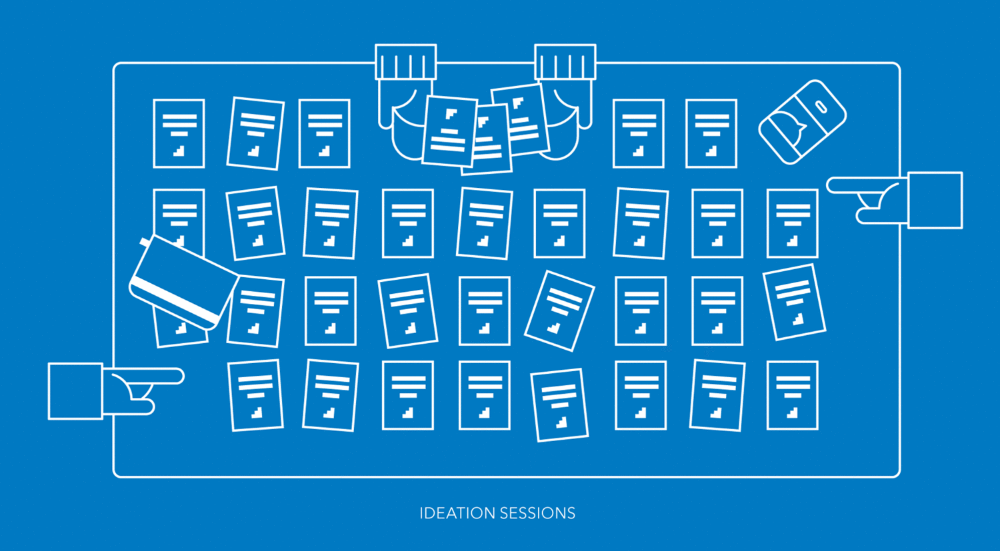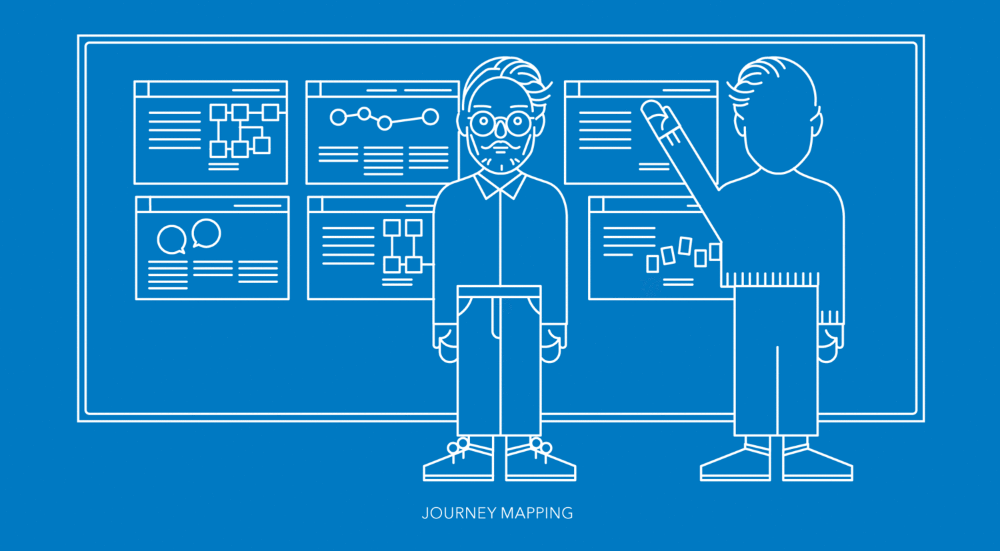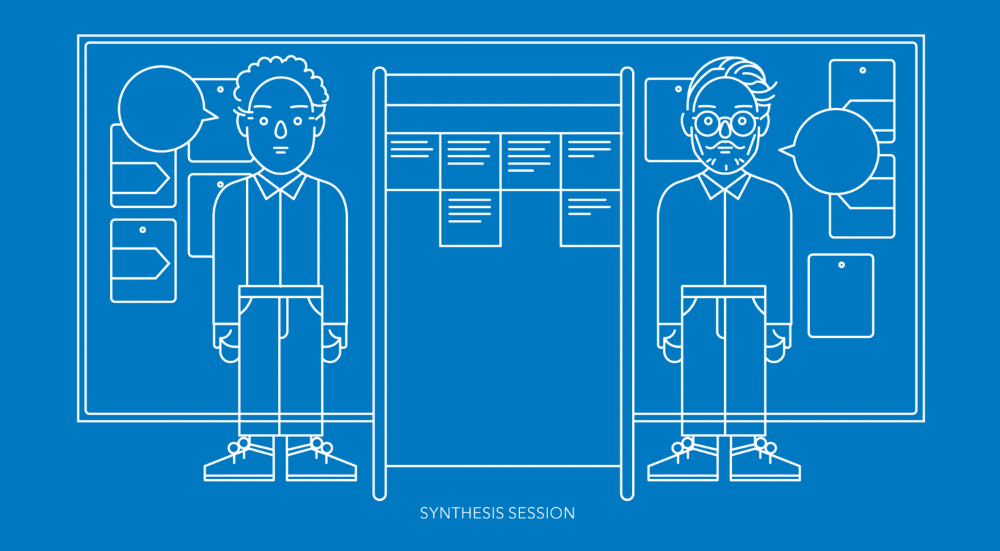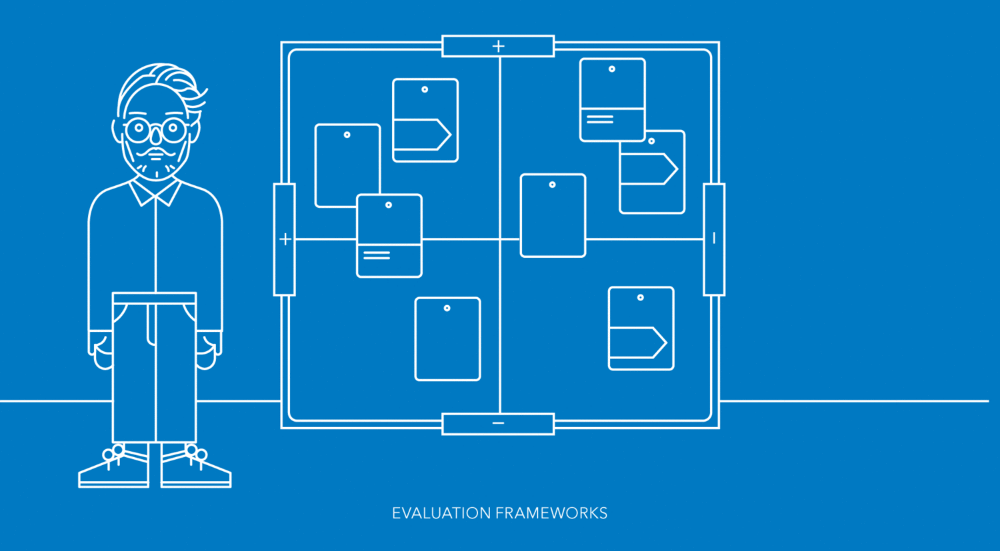Co-Design
The co-design phase of DFE projects often begins before the discovery phase has fully ended. In the middle of a stakeholder interview, during discussions with collaborators, or while riding the subway to work -- co-design starts as soon as our focus shifts from "what is" to "what if." It's the imaginative and generative phase of our work, in which we come together with stakeholders to explore ideas for new or improved services to promote financial empowerment.
Dedicating some time and space to co-design helps us to avoid preconceived ideas and prescribed solutions in favor of real innovations that truly respond to our discovery findings and project goals. Inviting different stakeholders (including service users, when possible and appropriate) to participate in this process, allows us to understand multiple perspectives on a particular issue, generate holistic solutions to systemic problems, and ensure that our proposals are driven by genuine needs rather than our own preferences, agendas, or assumptions.
Tools + Techniques
IDEATION SESSIONS
Before deciding on which service concept(s) to prototype or pursue further, we try to consider as many alternative concepts as possible. There are various ways to "ideate," or generate ideas for new services, but brainstorming may be the most common method. Whether its part of an impromptu meeting of collaborators or a facilitated workshop with stakeholders, the basic premise of any brainstorming session is usually the same: generate lots of ideas as quickly and freely as you can.
JOURNEY MAPS
Describing a service is a lot like telling a story. There are characters, contexts, and events; a beginning, middle, and end. So, when imagining a new service or studying an existing one, we often use visual storytelling frameworks -- such as storyboards, timelines, or flowcharts -- to depict a user's journey through the interactions of the service. These visual narratives can be detailed diagrams of the pains and pleasures of a service, or simple sketches of in an intended experience.
SYNTHESIS SESSIONS
Once we're satisfied that we've engaged with all the key stakeholders and entertained as many ideas as possible, we begin the delicate process of combining and selecting the most promising service concept(s) to develop further. Writing each concept as a simple, actionable statements put them all in a common language that's easier to compare. Clustering or combining them helps to reveal redundancies and synergies. We often find new innovations through the simple translation, combination, or reconfiguration of preexisting ideas.
EVALUATION FRAMEWORKS
Choosing the best ideas from a collection of good ideas can be a difficult task, requiring both critique and compromise. Some ideas will naturally generate more conversation or attention, but the outliers and underdogs should not be overlooked. To facilitate decision making and build consensus, we establish clear selection criteria based on the goals and constraints of the project. Placing our ideas into categories or plotting them along axes derived from these criteria, helps organize and prioritize ideas for further development.
References + Resources
The Convivial Toolbox - Elizabeth Saunders
Co-Creation in Government - Francis Gouillart + Tina Hallett
Engaging Citizens in Co-creation in Public Services - Satish Nambisan + Priya Nambisan
Tax Time Services Project
Ideation Cards
A tool used to inspire new ideas for tax time services and financial empowerment programs based on challenges and opportunities identified in our discovery work.
Ideation Template
A simple template for sketching out new tax time service concepts inspired by our ideation cards (or other relevant observations, user insights, or discovery findings).









